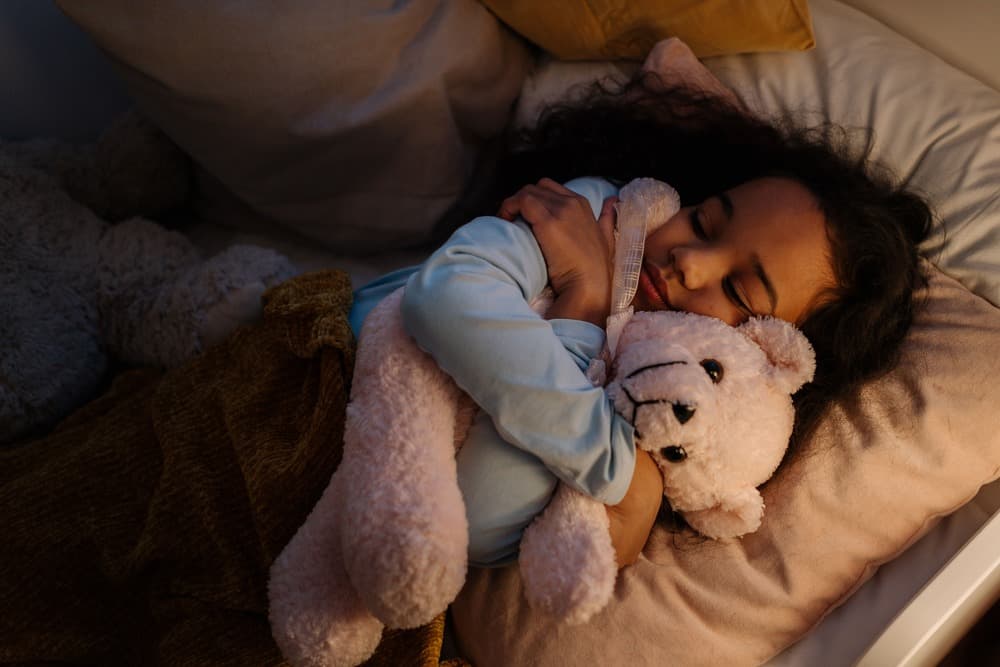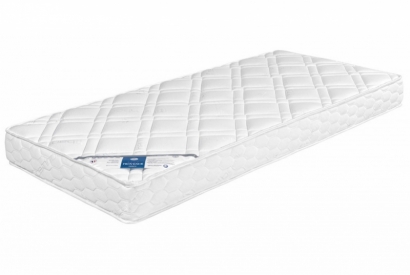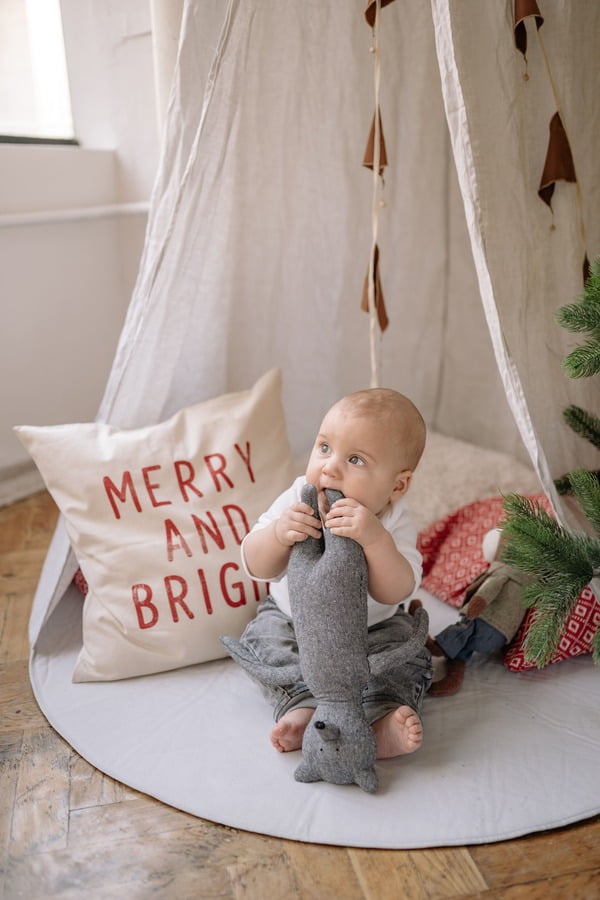Children's mattress, understanding to choose better
Categories:
Children's Room
 Choosing the right baby blanket dimensions according to season and age
Choosing the right baby blanket dimensions according to season and age
 How to attach a headboard (with or without drilling): quick and effective soluti
How to attach a headboard (with or without drilling): quick and effective soluti
 Waterproof sheet or mattress protector: the best solution by age group
Waterproof sheet or mattress protector: the best solution by age group
 27 Original, Useful, and Trendy Christmas Ideas for Teens 2025
27 Original, Useful, and Trendy Christmas Ideas for Teens 2025
 Christmas Activities for Baby: Creative Ideas for Home & Daycare
Christmas Activities for Baby: Creative Ideas for Home & Daycare

Your child has been complaining of back problems for some time and you don't know what to do to try to remedy this problem?
Your doctor has advised you to check if your child's bedding was of good quality and if it was not causing more back problems for your child. You are therefore thinking of changing their mattress, but this task remains very complicated given that you have no knowledge about the different essential characteristics of children's mattresses. So it's time to read the following lines to buy a mattress that will be suitable.
Don't forget that a good night's sleep comes from good bedding.

The material of the mattress should accompany the child's movements and adapt to their morphology.
High-density polyurethane foam, latex, and pocket springs are unparalleled for your child's bedding and ensure perfect support during sleep.
Avoid children's mattresses made of polyether foam with a density lower than 21 kg/m³ as they do not offer sufficient density for your child's comfort. A sleeping surface that is too firm is particularly not recommended; the mattress should have firm support and a welcoming contact.
As with baby mattresses, opt for bedding that combines firm support and a soft welcome, treated against dust mites and bacteria, and put a mattress protector to protect it from urine leaks and perspiration.
More and more children are subject to allergies and respiratory problems, so it is essential to consider the health aspect of your child's mattress. A healthy children's mattress is one where the filling and ticking (mattress cover) are made with natural materials.
You will find latex children's mattresses on the market, which are soft and very comfortable. They also have thermoregulatory properties and prevent allergies by stopping the growth of bacteria.
You can opt for a wool mattress, which is also thermoregulatory and insulating, or a coconut fiber mattress, which is very eco-friendly and breathable. Coconut fiber is also known for its hypoallergenic qualities.
In the same vein as coconut fiber, you will find children's mattresses made of bamboo fibers.
Bamboo fiber is a very soft material and it is also antibacterial and absorbent.
A Tencel mattress is also a very good choice. Tencel is made from eucalyptus wood pulp, it's a very healthy material for your child's mattress.
You can also opt for a polyurethane or viscoelastic foam mattress, which are very comfortable and resistant. They undergo antibacterial and antifungal treatments that are not harmful to your children or the environment. These mattresses offer very good value for money.
For comfort reasons, some children's mattresses have a summer side made of a cool and airy ticking, most often cotton, and a winter side ticking made of wool.
To know where the winter side is and where the summer side is, follow these tips: The winter side is the one that contains the manufacturer's label, and the padding is also thicker. The summer side is lighter.
A double-sided children's mattress has a longer lifespan than a single-sided mattress because it is turned over more often.
We advise you to turn your mattress to the winter side at the beginning of autumn and put it on the summer side in spring.

The mattress should be adapted to the bed you have chosen. The standard dimensions for a single child's bed are 90x190 cm or 90x200 cm. If you have chosen to buy an expandable bed for your child, know that there are mattresses adapted to this type of bed, it comes in two parts to start at 90x140 cm dimensions and end at 90x190 cm. For the thickness of the mattress, choose a mattress between 12 and 20 cm
